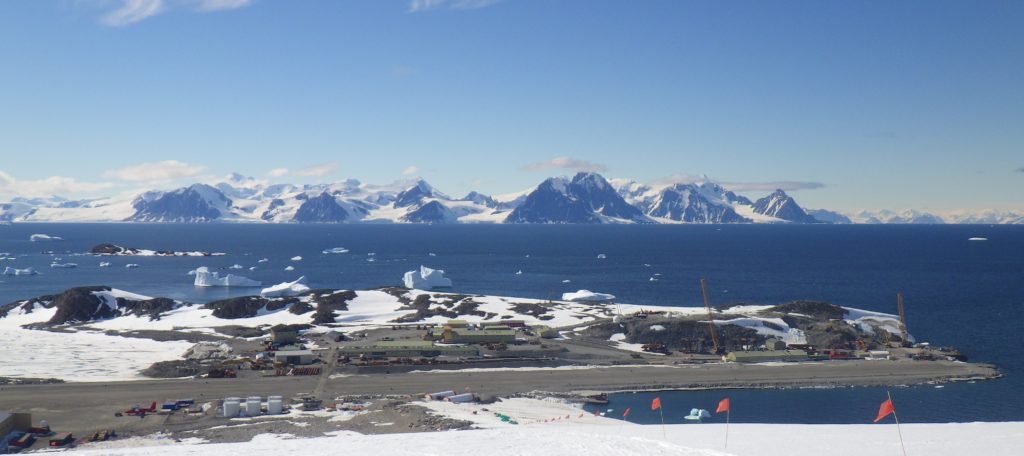News - Construction News
Ground broken on Antarctica research facility

Ground has now been broken on the new climate research facility at the Rothera Research Centre in Antarctica, marking the 200th anniversary of the first sighting of Antarctica by the British naval officer Edward Bransfield on 30th January 1820.
To be specific, the new climate research facility will be a two-storey development named the Discovery Building and has been organised under the Antarctic Infrastructure Modernisation Partnership by the British Antarctic Survey (BAS), with the appointed construction partner named as BAM Nuttall with design consultants Sweco, Hugh Broughton Architects, and the engineering consultancy Ramboll providing support.
The Director of the Antarctic Infrastructure Modernisation Programme at the BAS, Jon Ager stated: “This is an exciting milestone in a long-term plan to modernise Rothera Research Station. Once built, this new facility will enhance significantly our operational support to deep-field science campaigns.”
The Discovery Building construction project has been commissioned by the Natural Environment Research Council (NERC) under the Antarctic Infrastructure Modernisation (AIM) Programme, with construction expected to get into full swing in 2023.
The Project Director of the BAM Construction Partnership, Graham Hopper commented: “It is a privilege for all those involved, and testament to the hard work of all the partnership team, to be breaking ground for this state-of-the-art building, on this significant anniversary for the continent. The team takes great pride in being able to support BAS in continuing its pioneering science research so we can better understand our planet.”
The Director of Hugh Broughton Architects, Hugh Broughton added: “This cutting-edge facility will support scientists who are investigating the impacts of climate change on our planet as we race to find solutions which will support our future. We are thrilled to be part of a dynamic team working with BAS to deliver the project, which will mark another important step in the development of the architecture of Antarctica.”
If you would like to read more articles like this then please click here.
Related Articles
More News
- I&G to build new Rob Burrow Centre for Motor Neurone Disease
18 Apr 24
I&G has been appointed to build the new Rob Burrow Centre for Motor Neurone Disease
- Glasgow Ship Build Hall progress
17 Apr 24
Turner & Townsend has been appointed as the New Engineering Contract Project Manager to support
- Construction vehicles set for hydrogen-powered revolution
16 Apr 24
Tractors, diggers and forklifts powered by hydrogen will help building sites go greener under government






